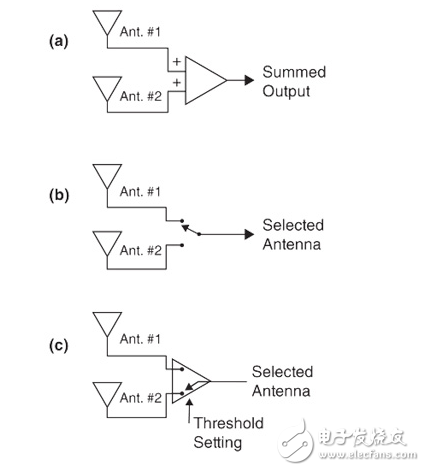
资料下载

了解和实现MIMO射频链路
了解和实现MIMO射频链路
多年来,作为一种理论方法和学术课题,多输入多输出(MIMO)收发系统正受到关注和支持组件的重大设计。该技术已经通过了最新的4G一代和下一代LTE(长期演进)蜂窝标准,提供吞吐量和性能的需要,以及在Wi-Fi的IEEE 802.11n标准。
MIMO方法的原理是在基站甚至用户手持机上使用多个半独立天线和发送/接收信道,以克服不可避免的信号路径问题,例如噪声、衰落和多径。实际上,对这些问题多“柔术”翻转;采用先进的硬件和软件将他们从以前被认为是无线的弱点转化为显著的长处和优点。

MIMO versus diversity systems
MIMO is much more sophisticated and complex than diversity antenna systems. Using multiple antennas for better signal coverage is a well-established technique; usually this is done at the receiver but it can also be done at the transmitter, which may not be co-located. (Note that to avoid confusion, the industry is now referring to basic single-antenna systems as single input, single output, or SISO.)
In a basic antenna diversity-receiver design, two or more antennas are used, spaced at least one-quarter wavelength apart. Each antenna‘s signal goes to an RF low-noise amplifier (LNA), and then the signals are combined. This combining can be done is different ways, with an increasing scale in complexity, cost, and benefit.
声明:本文内容及配图由入驻作者撰写或者入驻合作网站授权转载。文章观点仅代表作者本人,不代表电子发烧友网立场。文章及其配图仅供工程师学习之用,如有内容侵权或者其他违规问题,请联系本站处理。 举报投诉
- 相关下载
- 相关文章






